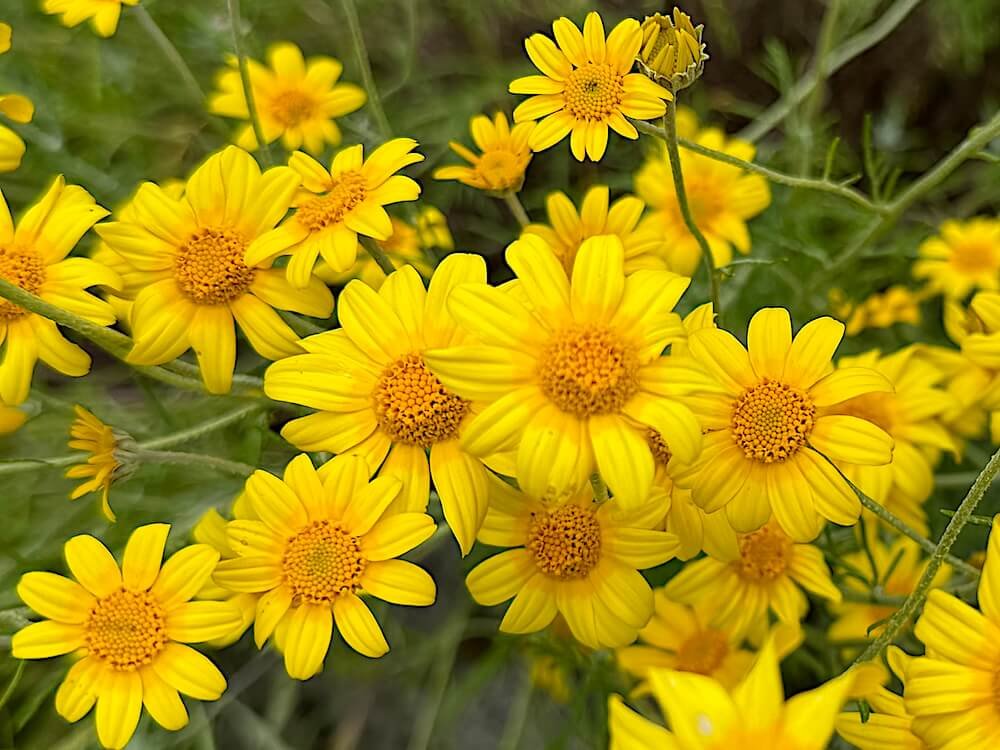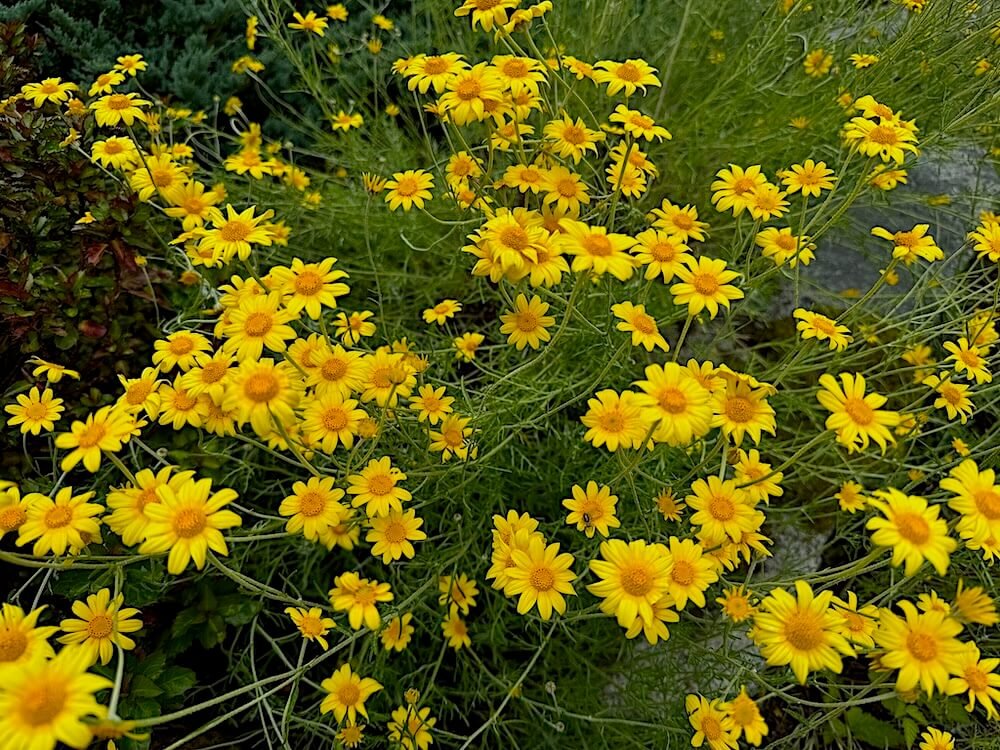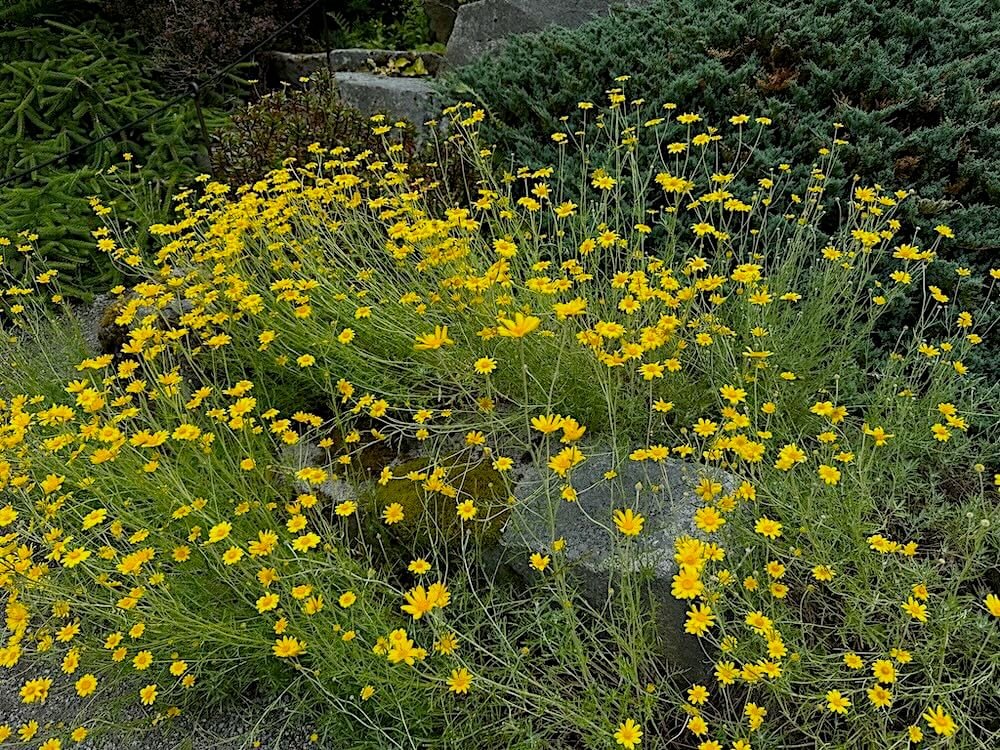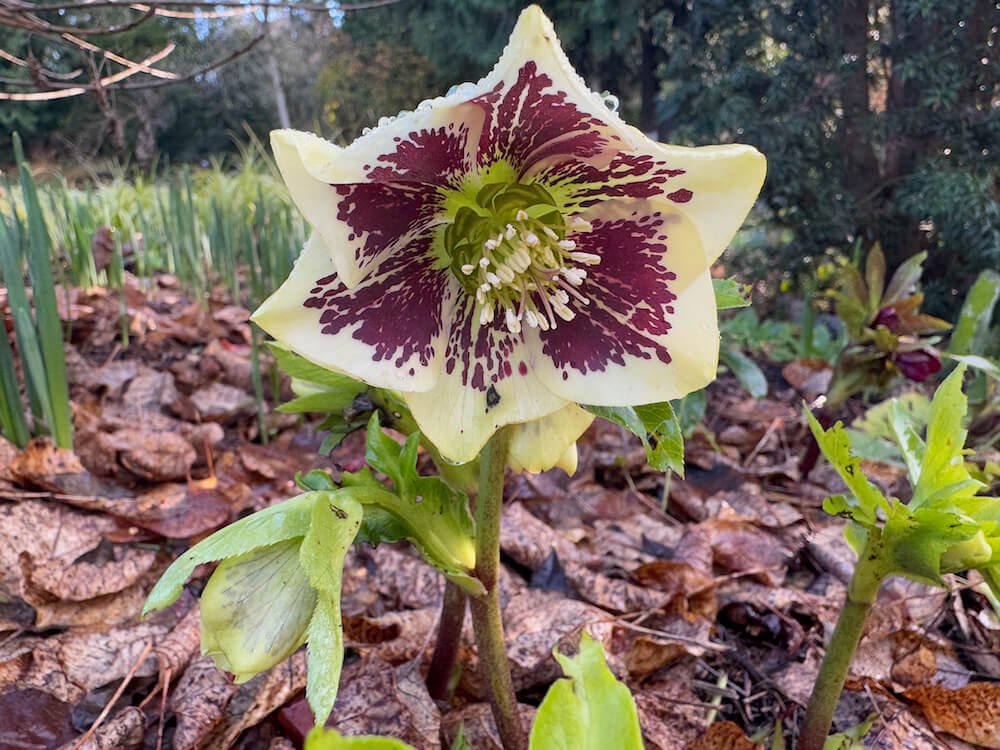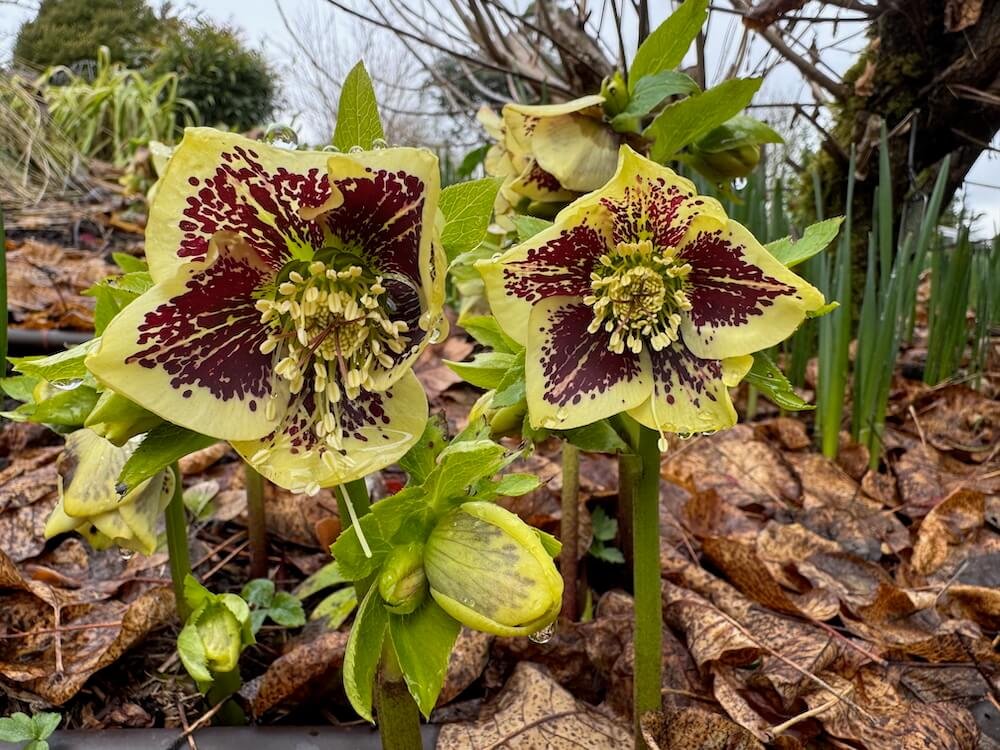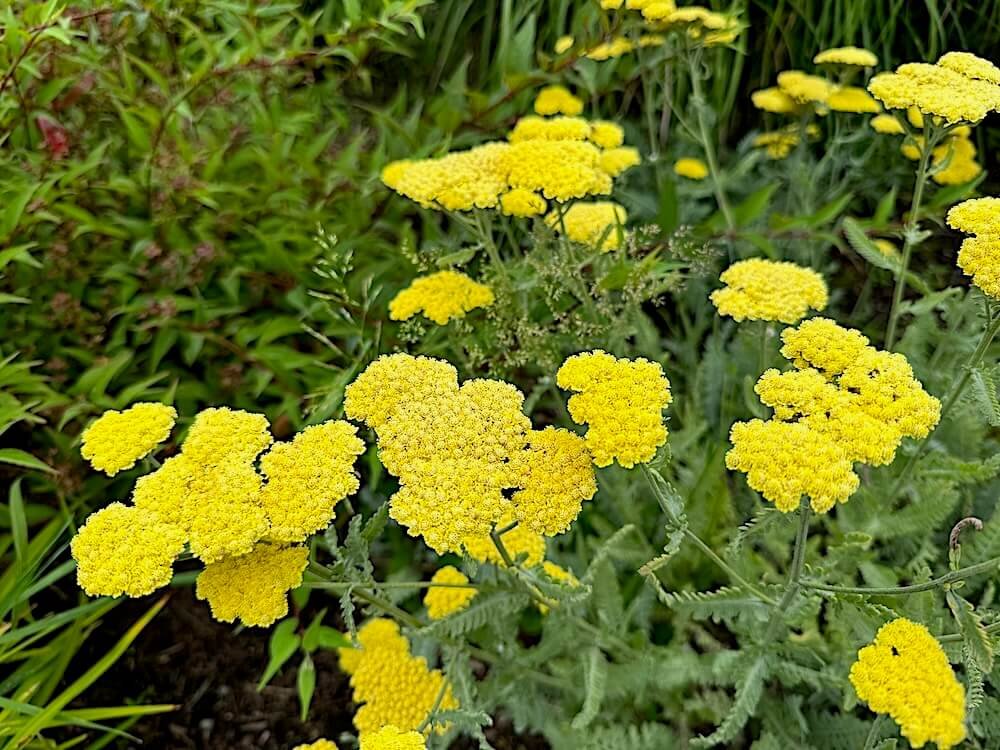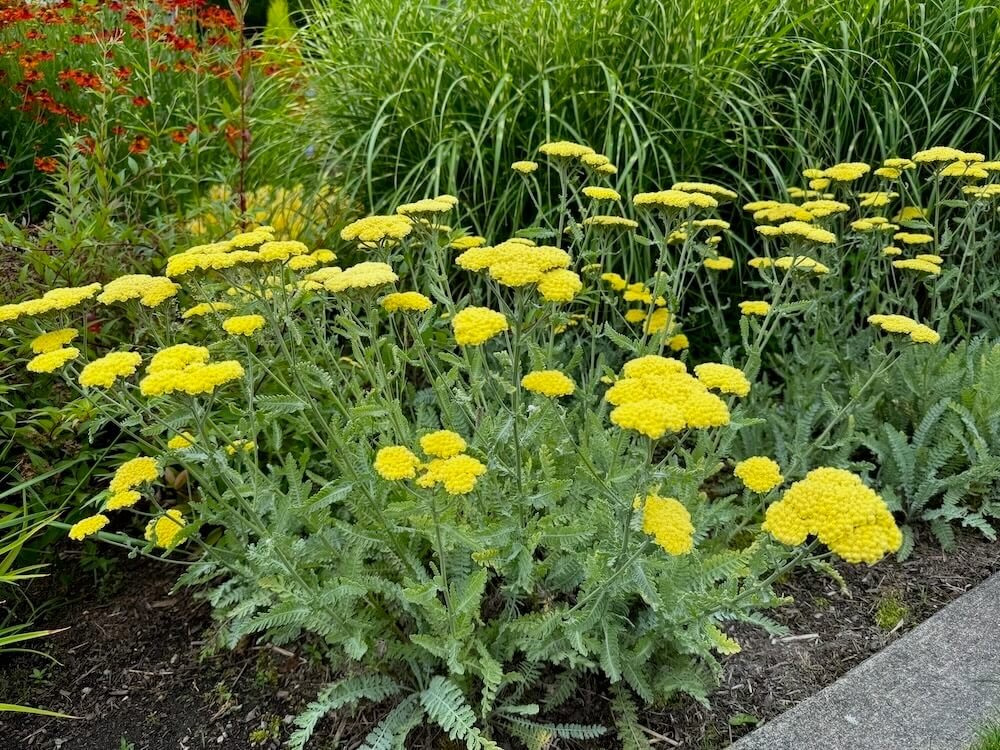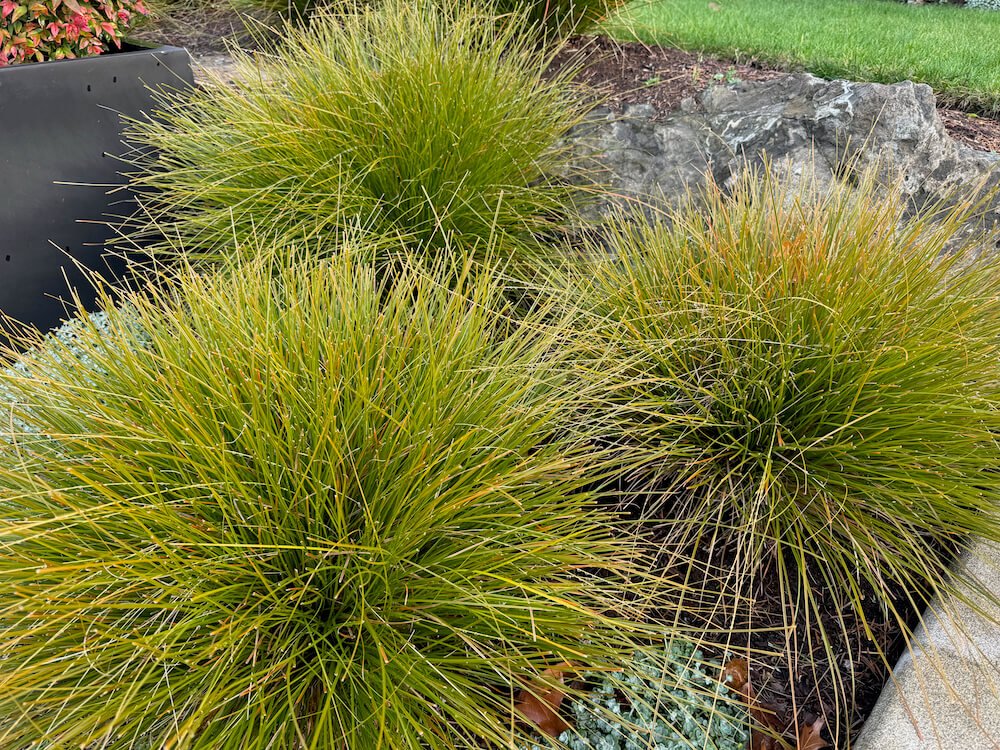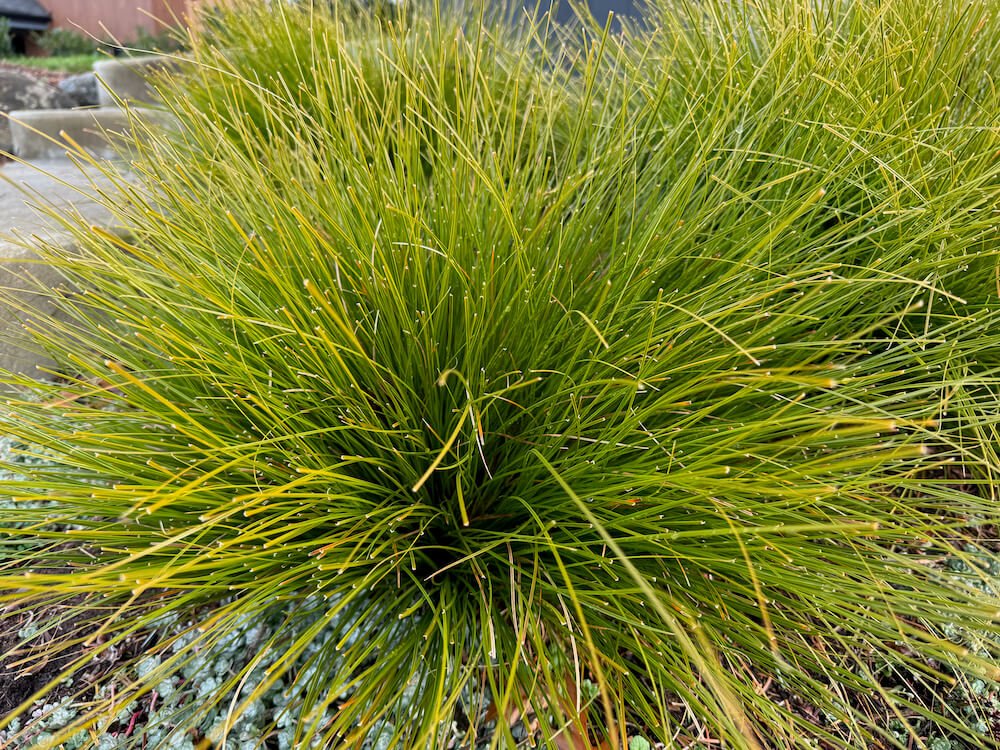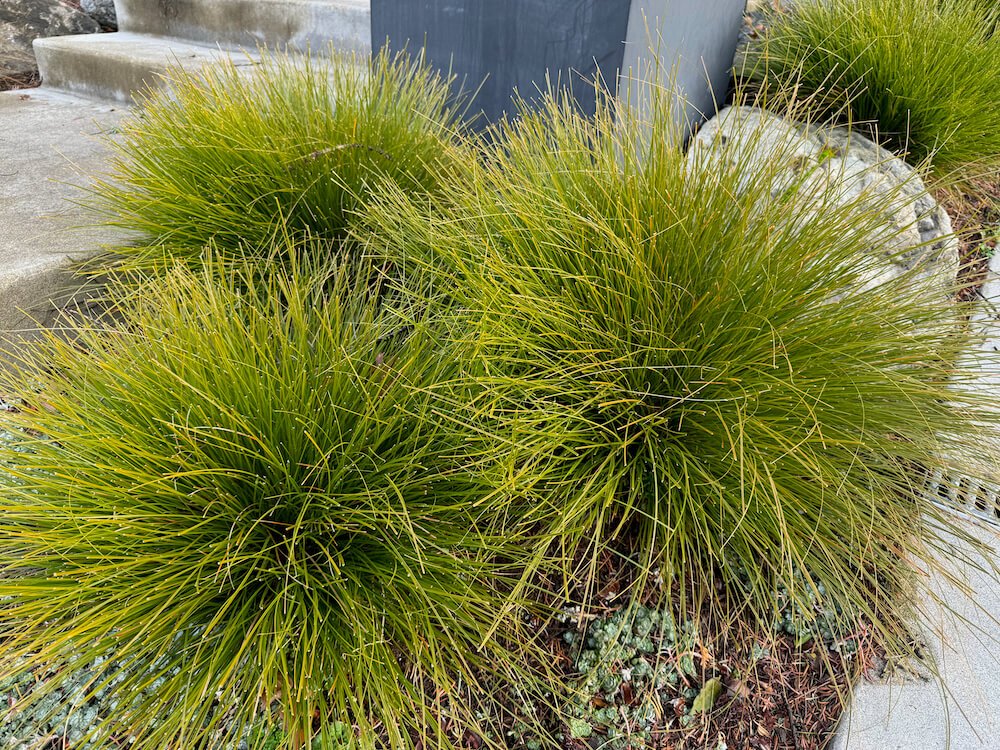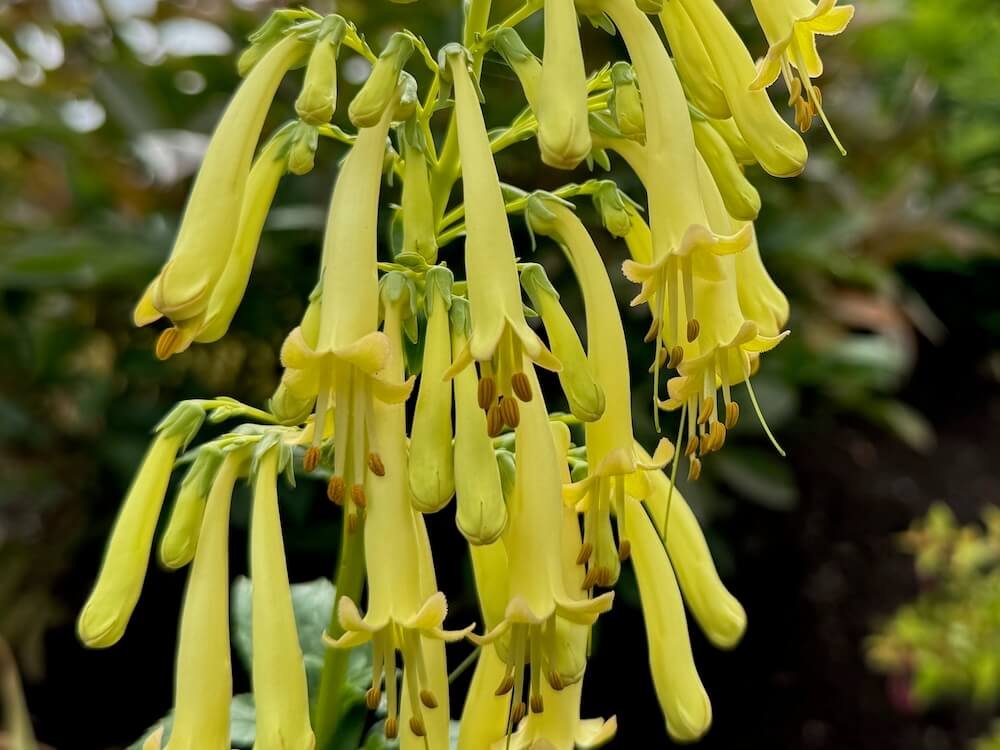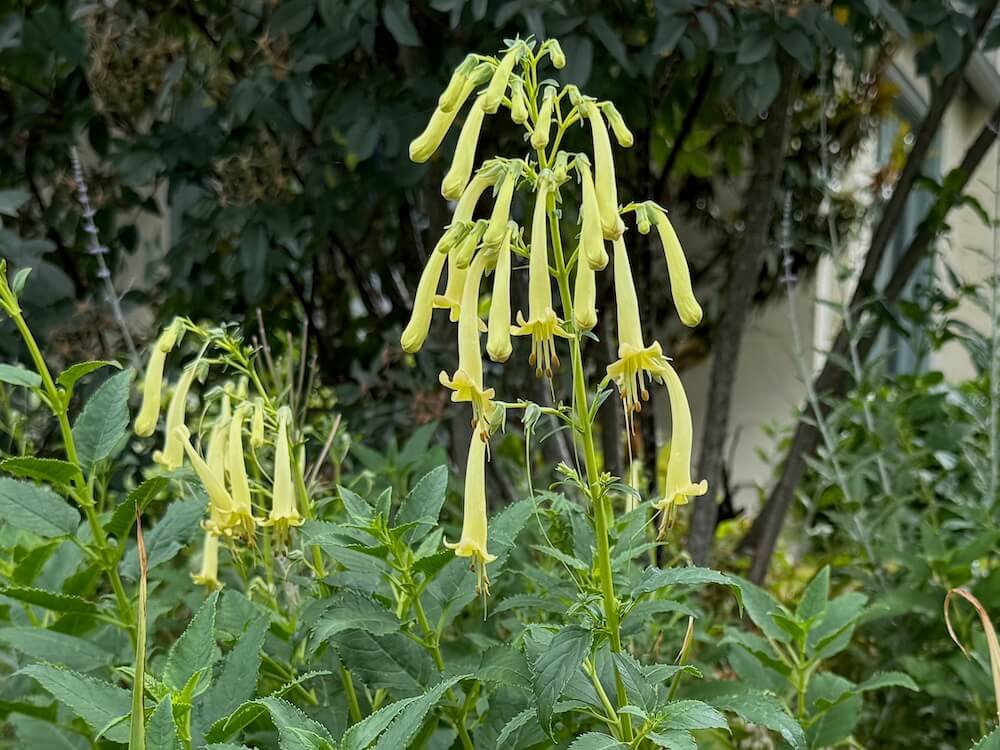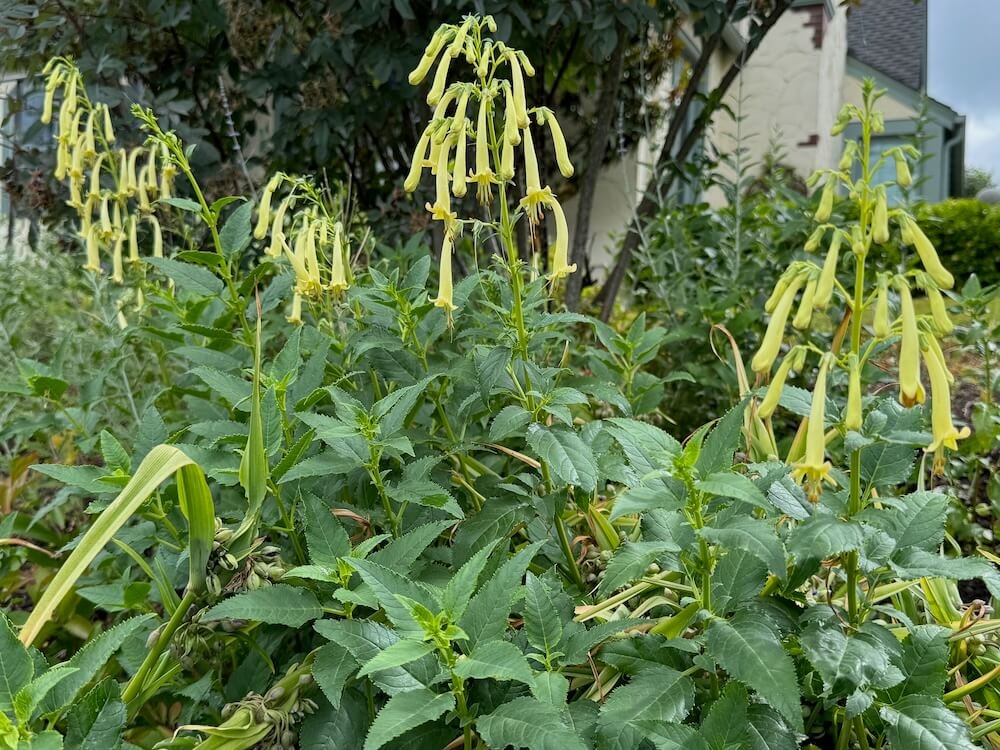DESCRIPTION
Eriophyllum lanatum is a vibrant perennial wildflower that brightens landscapes with its golden-yellow, daisy-like blooms. Flowering from late spring through mid-summer, its blossoms are composed of a central cluster of disc florets surrounded by radiant ray petals. The blooms sit atop stems adorned with silvery-green, finely divided, woolly leaves, creating a striking contrast.
Native to western North America, Eriophyllum lanatum thrives in diverse habitats, from coastal bluffs to mountainous regions. Its drought tolerance and ability to adapt to challenging soils make it a popular choice for naturalistic gardens and wildflower meadows. In addition to its aesthetic appeal, it provides valuable forage for pollinators such as bees and butterflies.
DESCRIPTION
Eriophyllum lanatum is a vibrant perennial wildflower that brightens landscapes with its golden-yellow, daisy-like blooms. Flowering from late spring through mid-summer, its blossoms are composed of a central cluster of disc florets surrounded by radiant ray petals. The blooms sit atop stems adorned with silvery-green, finely divided, woolly leaves, creating a striking contrast.
Native to western North America, Eriophyllum lanatum thrives in diverse habitats, from coastal bluffs to mountainous regions. Its drought tolerance and ability to adapt to challenging soils make it a popular choice for naturalistic gardens and wildflower meadows. In addition to its aesthetic appeal, it provides valuable forage for pollinators such as bees and butterflies.

